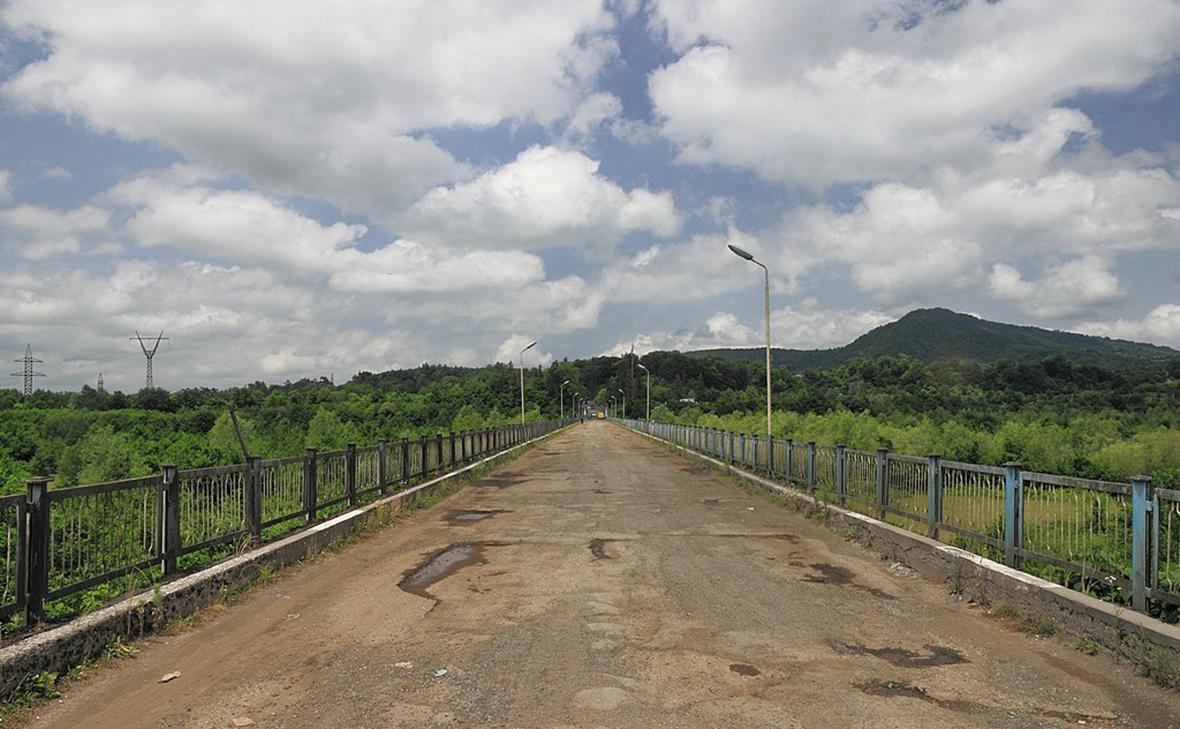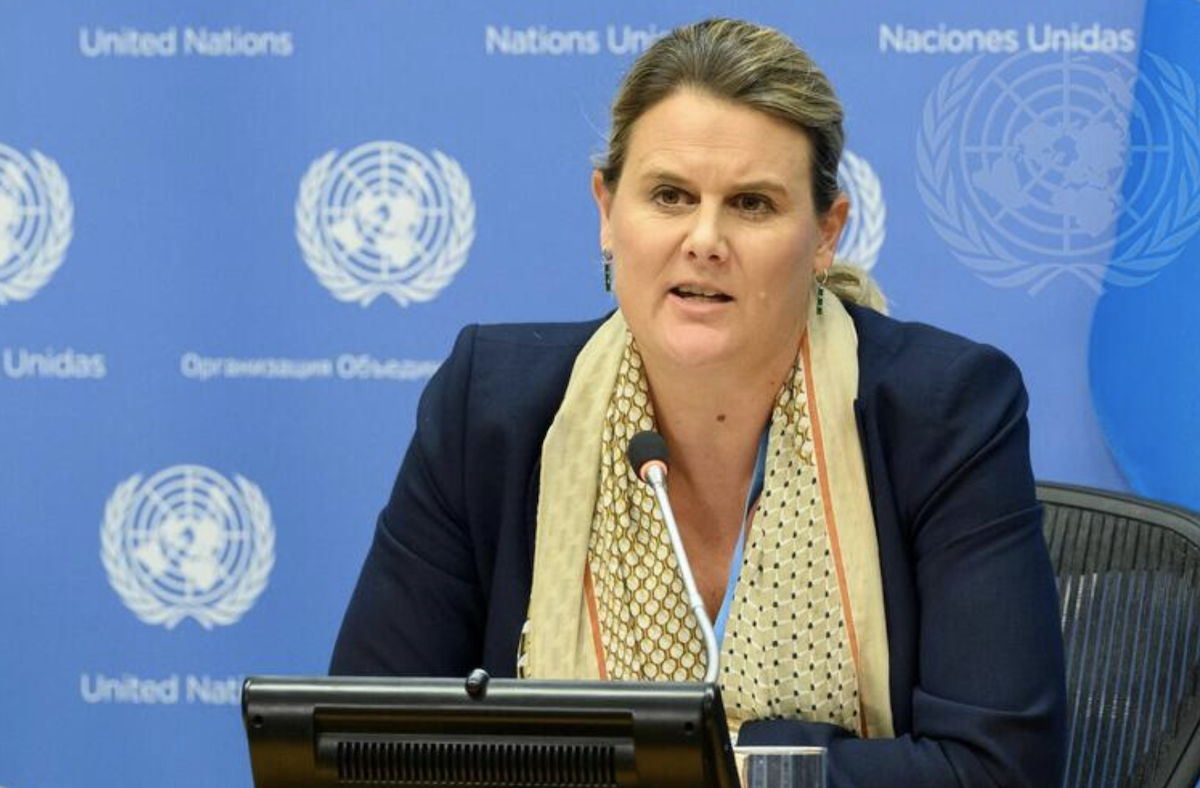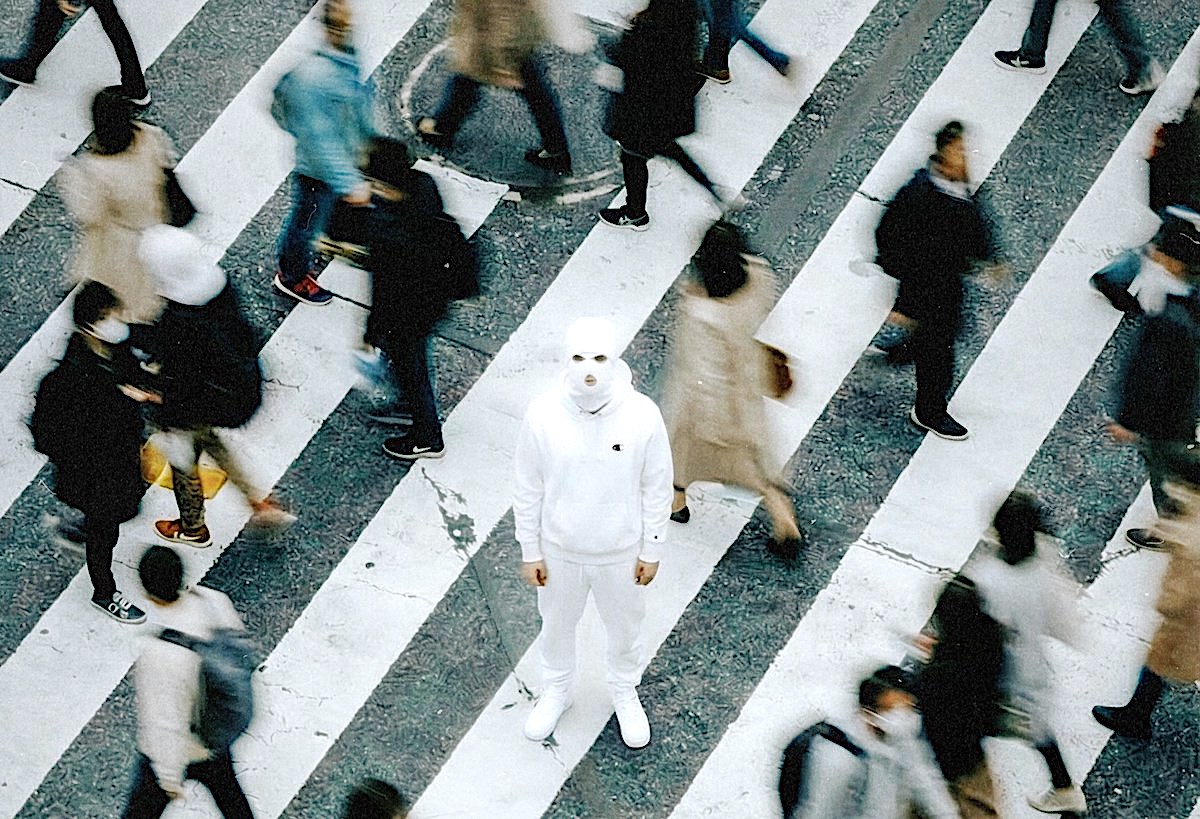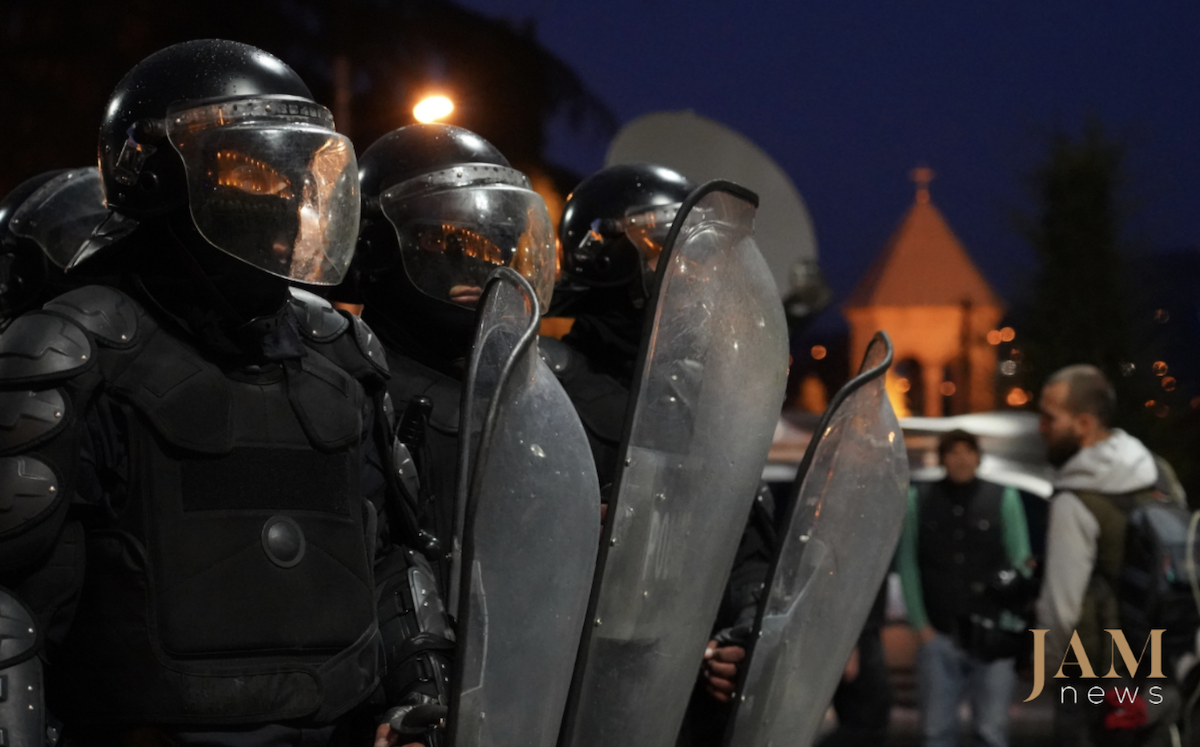Share














Most read
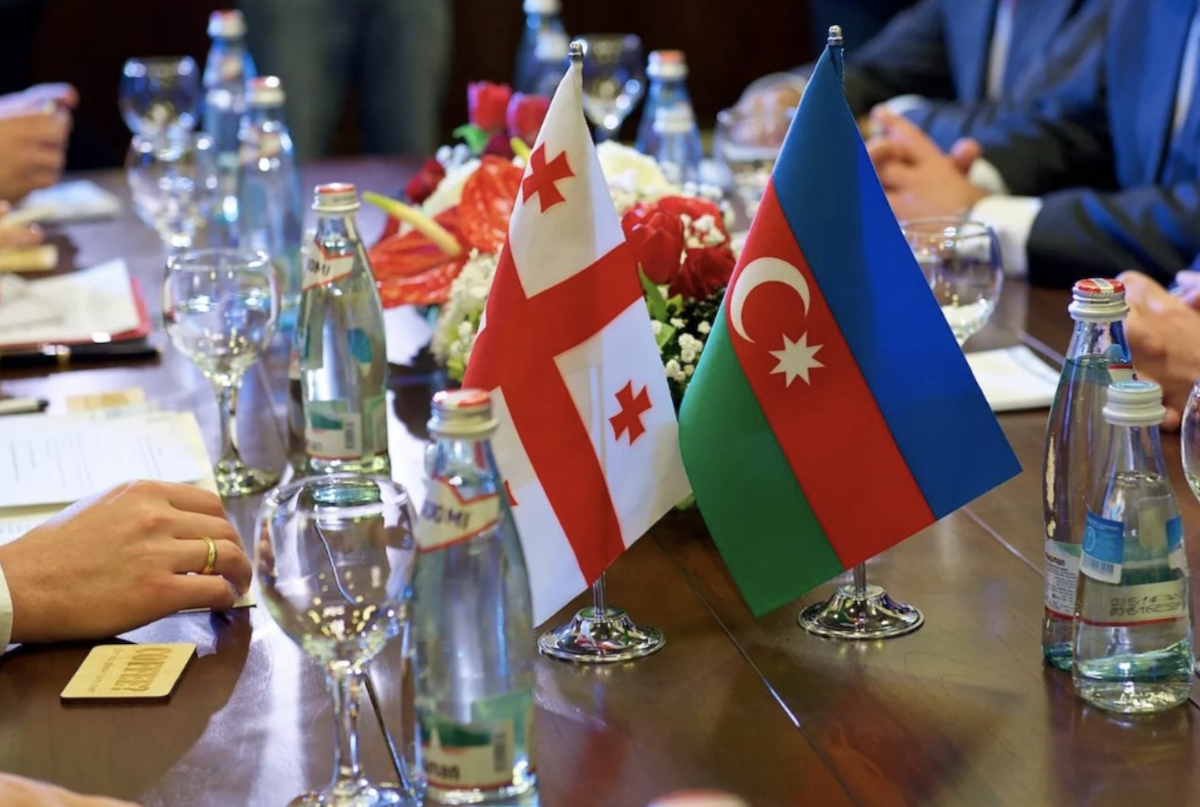
"Tbilisi is testing Baku’s patience" - pro-government Azerbaijani media sharply criticize Georgia
Latest news in Georgia, Armenia, Azerbaijan, summary. Live
Azerbaijan to supply oil to Armenia: official silence and political-economic implications
Georgian Railway to transport fuel from Azerbaijan to Armenia for free
Pashinyan and Merz sign Armenia–Germany strategic partnership declaration

'Conditions will be market-based': Armenian deputy prime minister on oil product imports from Azerbaijan
UN special rapporteur probes possible use of chemical agents at Georgia protests
Armenian justice minister says ‘facts’ about Catholicos may be declassified
Latest news in Georgia, Armenia, Azerbaijan, summary. Live
Why the ECHR ruling on 'Gavrilov night' in Georgia matters – a lawyer’s view




